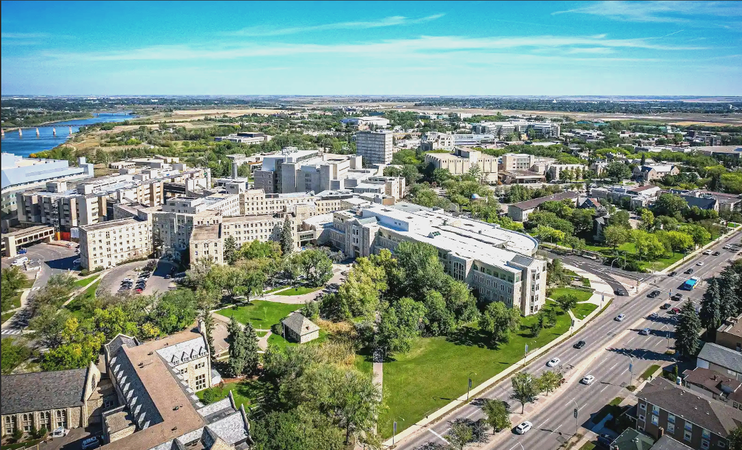
Sask. post-secondary institutions navigating effects of international student cap
While the full impact of a cap on international students in Canada remains to be seen, some of the post-secondary institutes in Saskatchewan expect it will be minimal here, considering how the province’s permit allocation compared to others.
Earlier this week, the federal government announced a further 10 per cent reduction in the intake cap on international student study permits for 2025. The new target is 437,000.
“The reality is that not everyone who wants to come to Canada will be able to—just like not everyone who wants to stay in Canada will be able to. Our immigration system must preserve its integrity and be well-managed and sustainable. And as we look forward, we will do everything it takes to achieve that goal and set newcomers up for success,” said Marc Miller, Minister of Immigration, Refugees and Citizenship.
Around 550,000 international student permits were issued in 2022, a 75 per cent increase from five years prior. The cap, to be allocated based on each province’s population, was initially announced in January as a means to curb the surge of international student enrolments and reduce pressure on already strained housing markets and health services.


